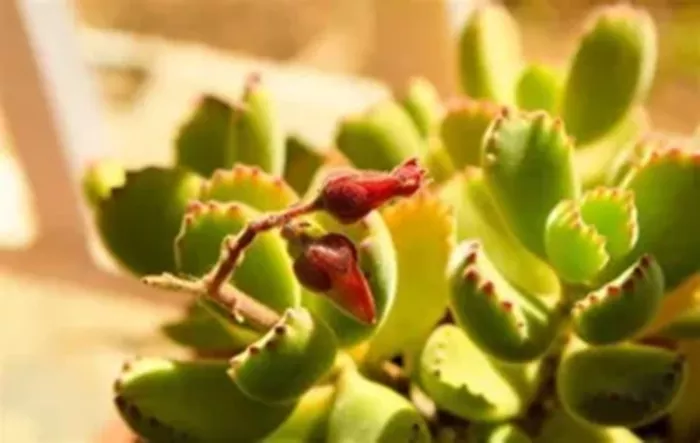Succulents have become a popular choice for gardeners and plant enthusiasts due to their unique appearance and low maintenance requirements. Their ability to thrive in various conditions makes them an excellent choice for both beginners and experienced gardeners. This guide provides a thorough overview of what you need to successfully plant succulents, covering everything from basic requirements to essential tips for thriving plants.
1. Understanding Succulents
Succulents are plants that store water in their leaves, stems, or roots. This characteristic allows them to survive in arid conditions. They come in various shapes, sizes, and colors, making them versatile for any garden or indoor setting.
2. Choosing the Right Succulents
Before planting, it’s essential to choose succulents that suit your environment. Consider the following factors:
Climate: Some succulents are more tolerant of cold temperatures, while others thrive in heat. Research the specific needs of each variety.
Light Requirements: Succulents generally need plenty of light. Ensure you have a location that provides adequate sunlight or be prepared to use grow lights.
Size and Growth: Select succulents based on the space available. Some varieties stay small, while others can grow quite large.
3. Selecting the Right Soil
Succulents require well-draining soil to prevent root rot. Here’s what you need to know:
Soil Composition: A mix of potting soil, perlite, and sand is ideal. This combination ensures good drainage and aeration.
Commercial Mixes: Many stores offer pre-mixed succulent or cactus soils. These are convenient and often include ingredients specifically designed for succulents.
Preparing Your Own Mix
If you prefer to create your own soil mix, combine:
2 parts potting soil
1 part perlite
1 part coarse sand
Mix thoroughly to ensure even distribution of ingredients.
4. Choosing the Right Pot
Selecting the appropriate pot is crucial for the health of your succulents:
Drainage: Choose pots with drainage holes to prevent water from accumulating at the bottom. This helps avoid root rot.
Material: Terra cotta pots are a popular choice because they are porous and allow excess moisture to evaporate. However, plastic or ceramic pots with drainage holes are also suitable.
Size: Select a pot that is slightly larger than the succulent’s root ball. Avoid oversized pots, as they can hold excess moisture.
5. Planting Succulents
Follow these steps for successful planting:
Preparation: Ensure your pot has drainage holes. Place a layer of small stones or gravel at the bottom to further aid drainage.
Add Soil: Fill the pot with your succulent soil mix, leaving enough space at the top for the plant.
Planting: Gently remove the succulent from its nursery pot. Place it in the new pot and fill around the roots with soil. Lightly press the soil to secure the plant.
Watering: Water the succulent thoroughly but ensure the soil dries out before the next watering. Overwatering can lead to root rot.
6. Watering and Fertilizing
Proper watering and fertilizing are essential for succulent health:
Watering: Succulents generally need less water than other plants. Water when the soil is dry, usually every 1-2 weeks. In winter, reduce watering frequency.
Fertilizing: Use a balanced, water-soluble fertilizer diluted to half strength. Fertilize during the growing season (spring and summer) every 4-6 weeks.
7. Light and Temperature Requirements
Succulents thrive in bright, indirect light. Here’s how to meet their needs:
Light: Place succulents near a sunny window. They generally need 4-6 hours of light per day. If growing indoors, use grow lights to supplement natural light.
Temperature: Most succulents prefer temperatures between 60-80°F (15-27°C). Protect them from frost and extreme temperatures.
8. Common Pests and Diseases
While succulents are relatively pest-free, they can occasionally suffer from problems:
Pests: Watch for mealybugs, spider mites, and aphids. Treat infestations with insecticidal soap or neem oil.
Diseases: Root rot is the most common disease. Ensure proper drainage and avoid overwatering to prevent this issue.
9. Repotting Succulents
Succulents may need repotting as they grow:
Timing: Repot when the plant outgrows its pot or if the soil becomes compacted.
Process: Gently remove the succulent from its pot, trim any dead roots, and place it in a larger pot with fresh soil. Water lightly after repotting.
10. Propagation Techniques
Succulent propagation is an excellent way to expand your collection or share plants with others:
Leaf Cuttings: Gently twist a healthy leaf from the plant, let it callus for a few days, then place it on soil. Roots will develop from the base.
Offsets: Many succulents produce offsets or “babies” that can be separated and planted.
11. Common Mistakes to Avoid
Avoid these common pitfalls when growing succulents:
Overwatering: This is the most frequent mistake. Always ensure the soil is dry before watering.
Incorrect Soil: Use well-draining soil to prevent root rot.
Lack of Light: Ensure your succulents receive adequate light for healthy growth.
12. Tips for Success
Here are a few additional tips to keep your succulents thriving:
Observe Your Plants: Regularly check for signs of distress, such as wilting or discoloration.
Adjust Care: Adapt watering and light based on the season and specific needs of each succulent.
Enjoy the Process: Growing succulents can be a rewarding and enjoyable hobby. Take time to appreciate their beauty and unique characteristics.
Conclusion
Planting succulents involves understanding their specific needs and providing the right environment. By selecting appropriate soil, pots, and care techniques, you can enjoy the beauty and resilience of succulents in your home or garden. Whether you’re a novice or an experienced gardener, succulents offer a delightful and low-maintenance addition to your plant collection.


